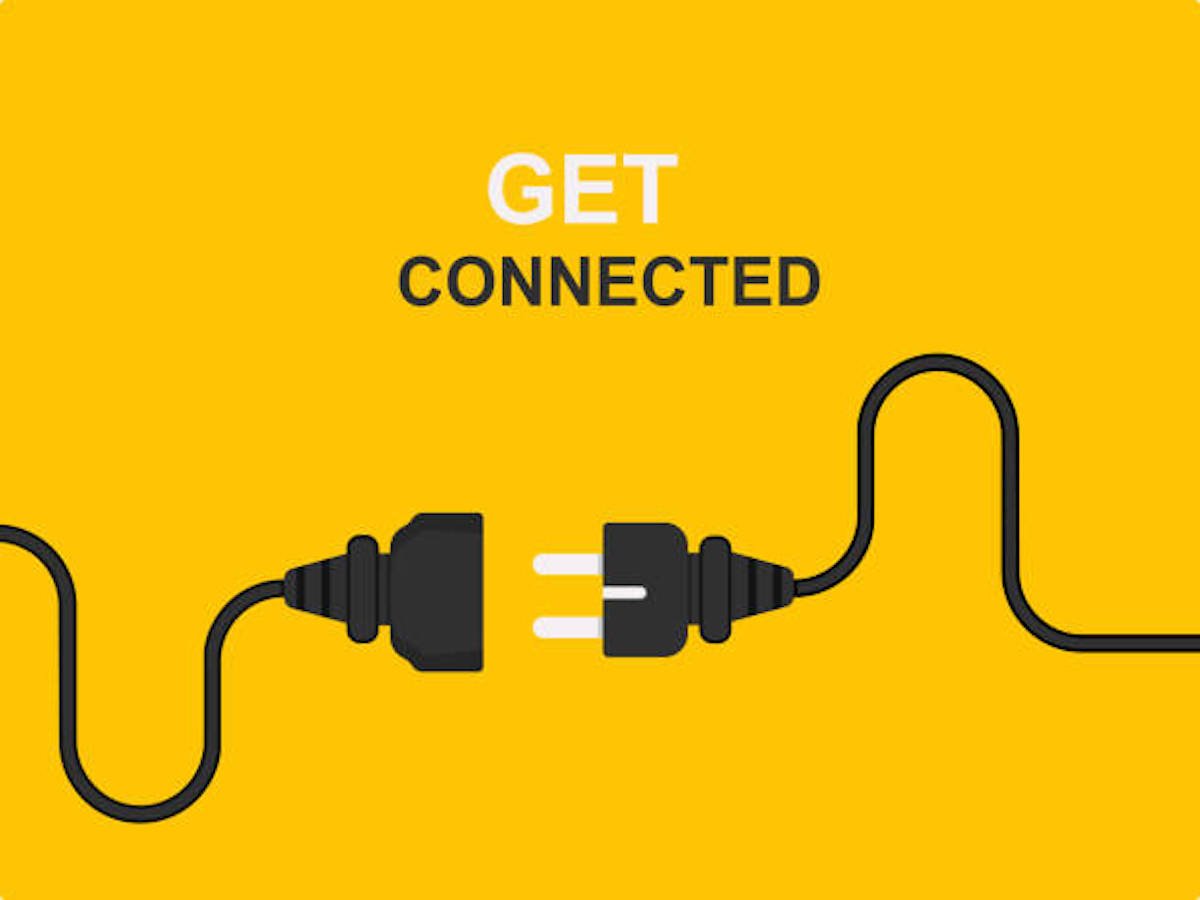Common Issues with Power Plugs and How to Troubleshoot Them
In our modern world, power plugs are an essential part of our daily lives, powering our electronic devices and appliances. However, like any other technology, power plugs can encounter issues that hinder their functionality. In this article, we will explore the common issues that arise with power plugs and provide troubleshooting techniques to help you resolve them.
1. Loose Connections
One of the most common issues with power plugs is loose connections. Over time, the constant plugging and unplugging of devices can cause the plug to become loose, resulting in intermittent power supply or no power at all. To troubleshoot this issue, ensure that the plug is securely inserted into the outlet. If the problem persists, consider replacing the plug or seeking professional assistance.
2. Overheating
Another common issue with power plugs is overheating. When a plug is overloaded with devices drawing excessive power, it can generate heat, potentially leading to damage or even a fire hazard. To troubleshoot this issue, unplug any unnecessary devices and spread your devices across multiple outlets. If the plug continues to overheat, consult an electrician to assess the electrical load and consider upgrading the wiring in your home.
3. Damaged Cords
Damaged cords are a frequent issue with power plugs. Cords can become frayed or severed, exposing the internal wires and posing a safety risk. To troubleshoot this issue, visually inspect the cord for any signs of damage. If you notice any, replace the cord immediately. It is crucial to use a cord that is compatible with your device and meets safety standards to prevent electrical hazards.
4. Bent or Broken Pins
Bent or broken pins are a common issue that can prevent power plugs from fitting properly into outlets. This can result in poor electrical contact or complete disconnection. To troubleshoot this issue, inspect the pins for any visible damage. If they are bent, carefully straighten them with pliers. However, if the pins are broken, it is advisable to replace the plug to ensure proper functioning and safety.
5. Incompatible Outlet Types
Incompatible outlet types are a common issue when traveling internationally. Different countries have varying outlet designs and voltages, making it challenging to plug in your devices. To troubleshoot this issue, research the outlet types and voltages of your destination before traveling. Purchase a travel adapter or voltage converter that is compatible with your devices to ensure a safe and reliable connection.
6. Grounding Problems
Grounding problems can lead to power plugs not functioning correctly, causing potential electrical hazards. A lack of grounding can result in electrical shocks or damage to sensitive electronics. To troubleshoot this issue, ensure that your power plug is connected to a properly grounded outlet. If you suspect grounding issues in your home, consult an electrician to assess and rectify the problem.
7. Tripped Circuit Breakers
If your power plug suddenly stops working, it may be due to a tripped circuit breaker. Circuit breakers are designed to protect your electrical system from overloads or short circuits by cutting off power. To troubleshoot this issue, locate your circuit breaker panel and check if any breakers have tripped. If so, reset the breaker by flipping it to the "off" position and then back to the "on" position.
8. Faulty Power Outlets
Power plugs may encounter issues due to faulty power outlets. These outlets may have loose connections or internal wiring problems that prevent proper power supply. To troubleshoot this issue, try plugging your device into a different outlet to determine if the problem lies with the outlet. If the issue persists, it is advisable to consult an electrician to inspect and repair the faulty outlet.
9. Power Surges
Power surges, which are sudden increases in electrical voltage, can cause damage to your devices and power plugs. Surges can occur due to lightning strikes, faulty wiring, or power grid issues. To troubleshoot this issue, use surge protectors or power strips with built-in surge protection. These devices will help divert excess voltage and protect your power plugs and electronic devices from damage.
10. Age and Wear
As power plugs age, they can experience wear and tear, leading to various issues. Loose connections, frayed cords, and other problems are more likely to occur in older plugs. To troubleshoot this issue, regularly inspect your power plugs for signs of wear and replace them if necessary. It is recommended to replace power plugs every few years to ensure optimal performance and safety.

